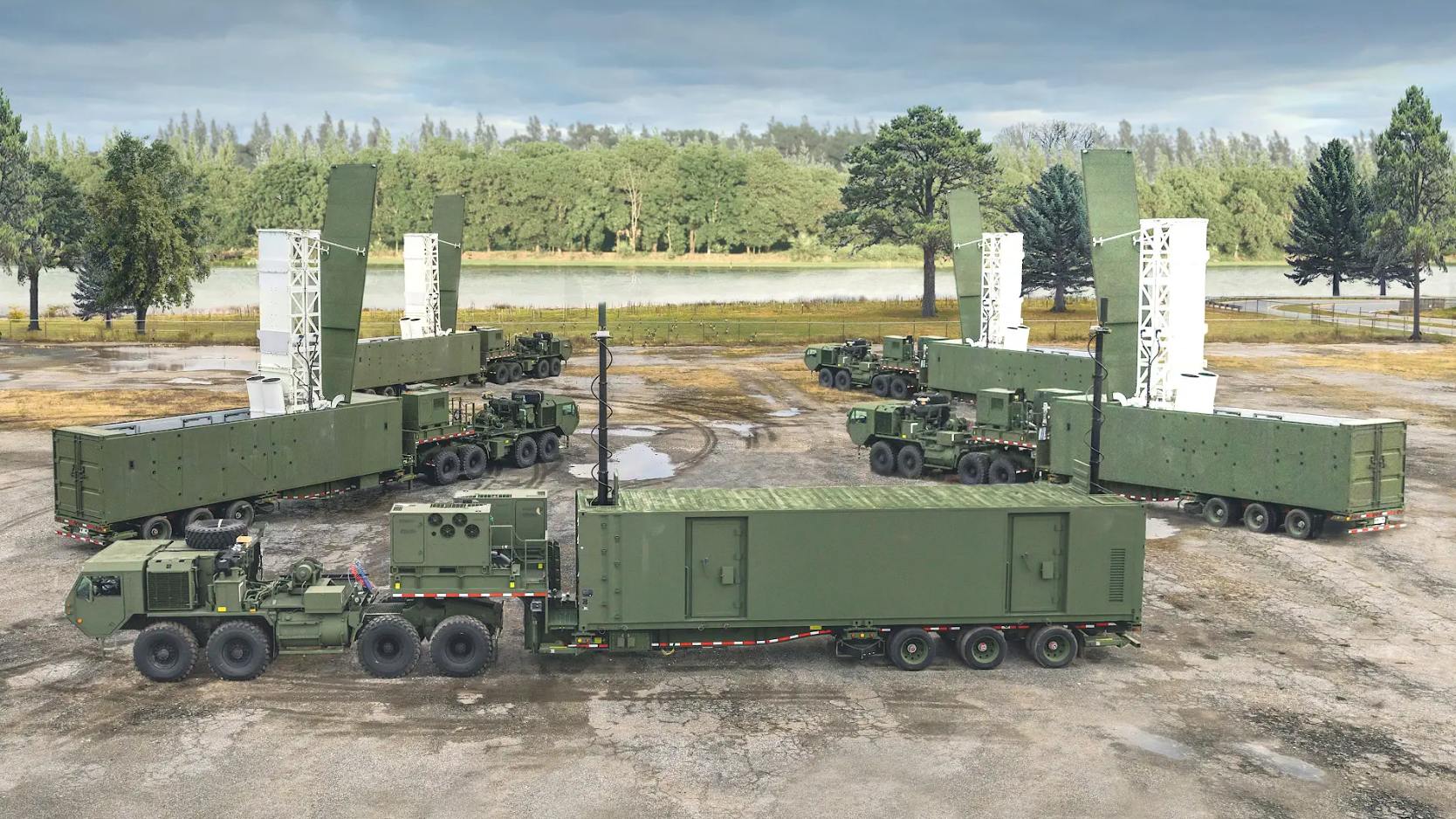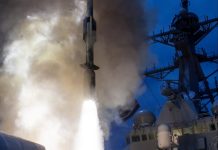The United States Army has reportedly decided to conduct live-fire testing of the ‘deadly’ Typhon Mid-Range Capability (MRC) system, whose protracted deployment in the Philippines has irritated China.
According to reports, the US Army plans to conduct live firing from its Typhon missile system in the upcoming Talisman Sabre drills. EurAsian Times awaits an official confirmation.
The live-fire testing of the Typhon Mid-Range Capability system scheduled for the Talisman Sabre exercise will be the first time the system is fired on foreign soil. Previous tests, such as those conducted in 2023 at Cape Canaveral Space Force Station in Florida and earlier at White Sands Missile Range in New Mexico, took place on U.S. territory.
The biennial Talisman Sabre military drills will include live-firing drills, amphibious landings, air combat, marine operations, and ground force maneuvers. The drills will kick off on March 29 and conclude on April 5.
The planned live-fire testing of Typhon, also known as the Mid-Range Capability (MRC) missile, is significant as it represents a key attack capability for the US and its allies in the Indo-Pacific amid rising tensions with China.
Recently, the Chinese People’s Liberation Navy (PLAN) stirred tensions when it conducted live-fire drills near Australia and New Zealand without giving adequate notice to the two concerned states.
Experts have noted that these exercises constituted an unprecedented show of force, demonstrating Beijing’s increased willingness and capacity to project power beyond its maritime periphery.
The plan to test the ‘deadly’ weapon in Australia, thus, comes at an opportune moment.

Earlier, in April 2024, the US Army deployed its Typhon ground-based missile system in Luzon, the Philippines, to participate in Exercise Balikatan 2024 and Exercise Salaknib 2024.
However, almost a year later, the US has yet to remove the long-range missile system from the territory of its closest Southeast Asian ally.
On the contrary, the Typhon is likely to again participate in the Salaknib 2025 military drills, which kicked off between Filipino and American forces earlier this week. According to reports, a second phase of these drills will take place later this year.
The system has not been used to conduct live-fire drills in the Philippines so far; however, it could be fired in Australia.
China has fiercely condemned the Typhon deployment, which has accused the Philippines and the US of provoking regional tensions. Angered by a long-range missile sitting in its neighborhood, Beijing has regularly called for the withdrawal of the system from the country, stating that such a move could trigger an arms race in the region.
However, despite repeated calls, neither country has set a date for withdrawal. The system will likely stay in the Pacific theatre, but the US has yet to decide where it will head next.
On the other hand, the Chief of Staff of the Armed Forces of Philippines (AFP), Gen. Romeo Brawner Jr., has regularly hinted at a possible purchase of the system from its Mutual Defense Treaty (MDT) ally, the United States.
In August 2024, Brawner said that the military had begun training for MRC operations in anticipation of the country’s potential decision to acquire the ‘deadly’ missile system.
Notably, the MRC’s (Typhon Mid-Range Capability) deployment to the Philippines was the first such deployment in the Indo-Pacific since the end of the Cold War, specifically on the first island chain.
It ended a nearly 40-year hiatus that followed the 1987 signing of the US-Soviet Union Intermediate-Range Nuclear Forces (INF) Treaty, which prohibited the development and use of land-based missiles that could travel between 500 and 5,500 kilometers. The US withdrew from the treaty in 2019.
Much to Beijing’s chagrin, the system was last spotted at Ilocos Norte, a coastal Filipino province that overlooks Taiwan. China considers Taiwan a renegade province that it has vowed to seize, by force if necessary.
The system’s deployment to Australia could mark the second such deployment in the Indo-Pacific as tensions continue to mount with China.
The US has seen the deployment to the Philippines as a power projection aimed at deterring China, which has been aggressively confronting the Filipino forces in the disputed South China Sea over territorial disputes.
Why Does The Typhon ‘Worry’ China?
The Typhon’s launcher is derived from the Mk 41 Vertical Launch System (VLS), a design used on numerous US and allied warships.
A Typhon battery consists of four launchers, each capable of carrying four missiles at once. This means the missile system can fire a salvo of 16 missiles before it requires reloading.
The Typhon stands out for its versatility. It can fire two different lethal missiles: SM-6 and Tomahawk cruise missiles. While the SM-6 missiles can successfully combat air and sea threats at ranges of more than 200 kilometers (165 miles), the Tomahawk cruise missiles can reach targets up to 1,600 kilometers (1,000 miles).
The Typhon system, based in Luzon, Philippines, could strike strategic military targets on Hainan Island in the northern South China Sea and the southeast coast of mainland China. It can also hit several Chinese marine targets and artificial outposts across the South China Sea.

The Typhon system is a vital component of the US Army’s approved force structure for its Multi-Domain Task Forces (MTDF). The first Typhon battery has been assigned to the Pacific’s first MDTF, while the second battery is allocated to the third MDTF.
The Army is building these formations to address certain military requirements in those regions and dedicate them to particular theaters. “There will be five MDTFs in total, and three will be dedicated to the Pacific. The 2nd MDTF is in Europe, and the 5th, which has yet to be formed, will be stationed at Fort Bragg, North Carolina, and will be designed for rapid deployment where it is needed,” states the Defense News report citing Lozano.
Despite its state-of-the-art capabilities, the system has certain vulnerabilities. Its current form, which includes launchers deployed on trailers, makes it a low-density, high-value asset susceptible to being targeted during major wars. For its operators, mobility and survival are consequently crucial factors.
The US Army has been looking for ways to make the technology more deployable. An MDTF with an Indo-Pacific focus had previously successfully placed the Typhon system onto a rented civilian vessel. This opened the door for amphibious and coastal operations by serving as the initial confirmation of the system’s suitability for marine transportation.
That said, even with all its vulnerabilities, the system is a force to reckon with and represents a leap in American military capability in the hotly-contested Indo-Pacific. It has visibly rattled China.
- Contact the author at sakshi.tiwari9555(at)gmail.com
- Follow EurAsian Times on Google News




